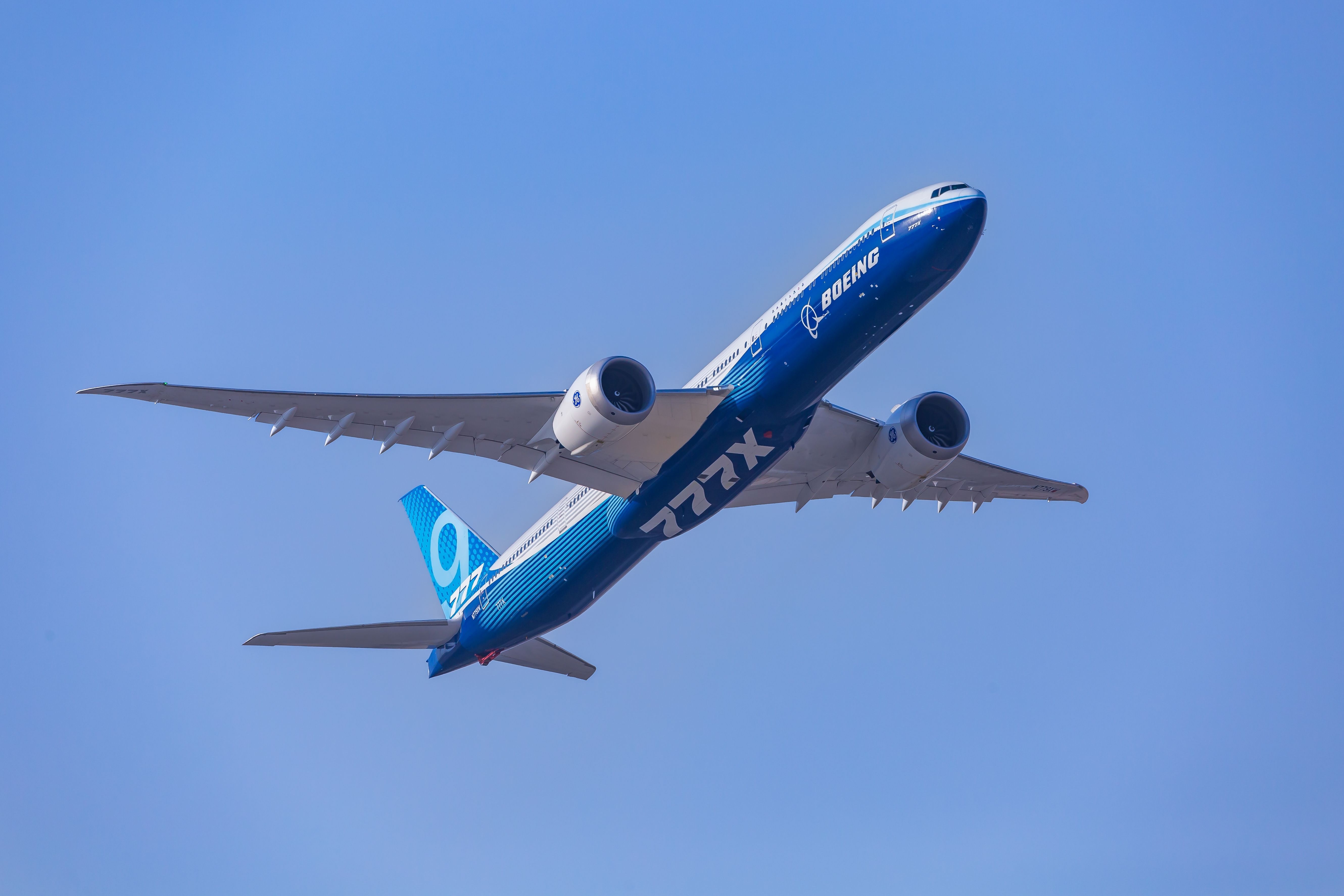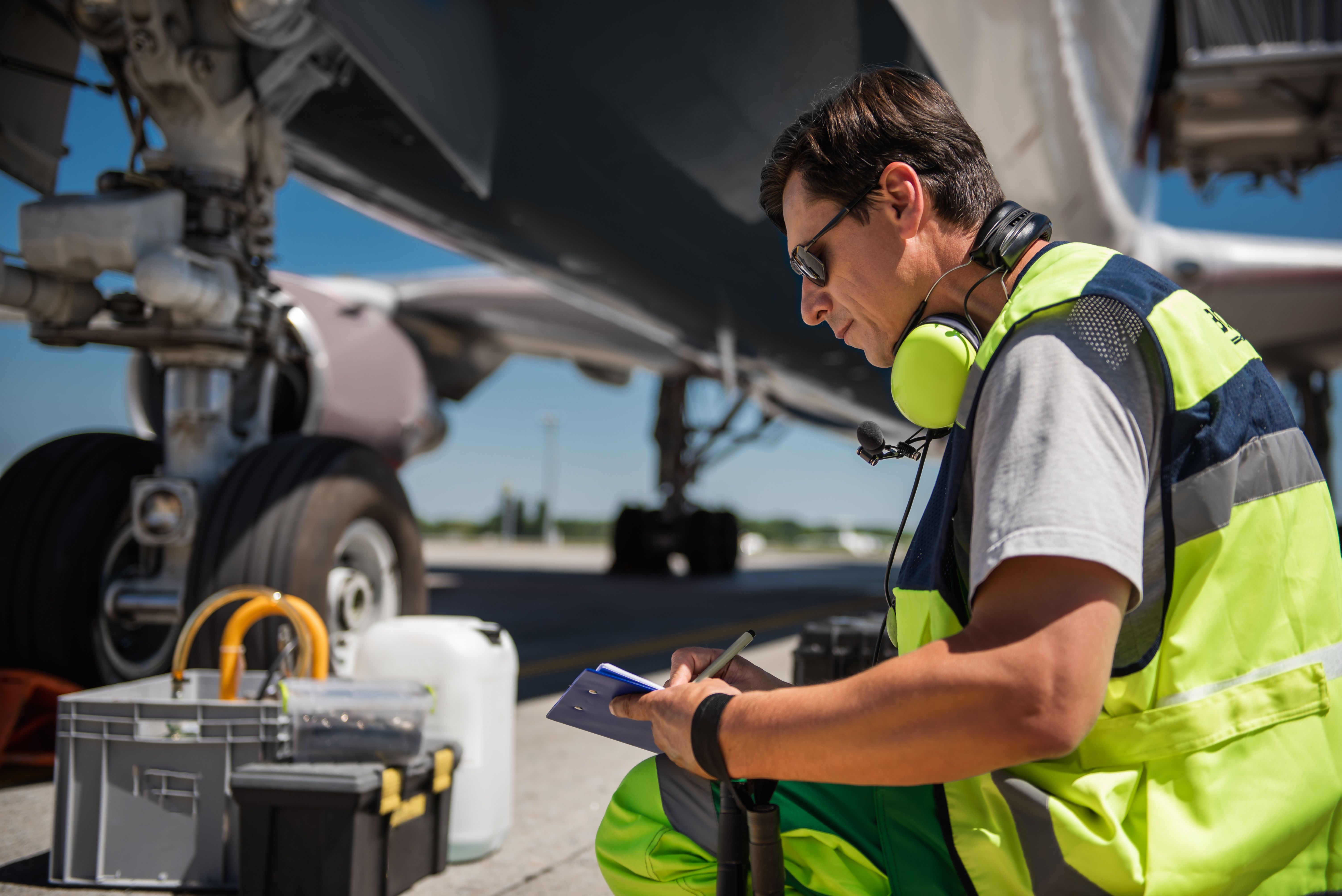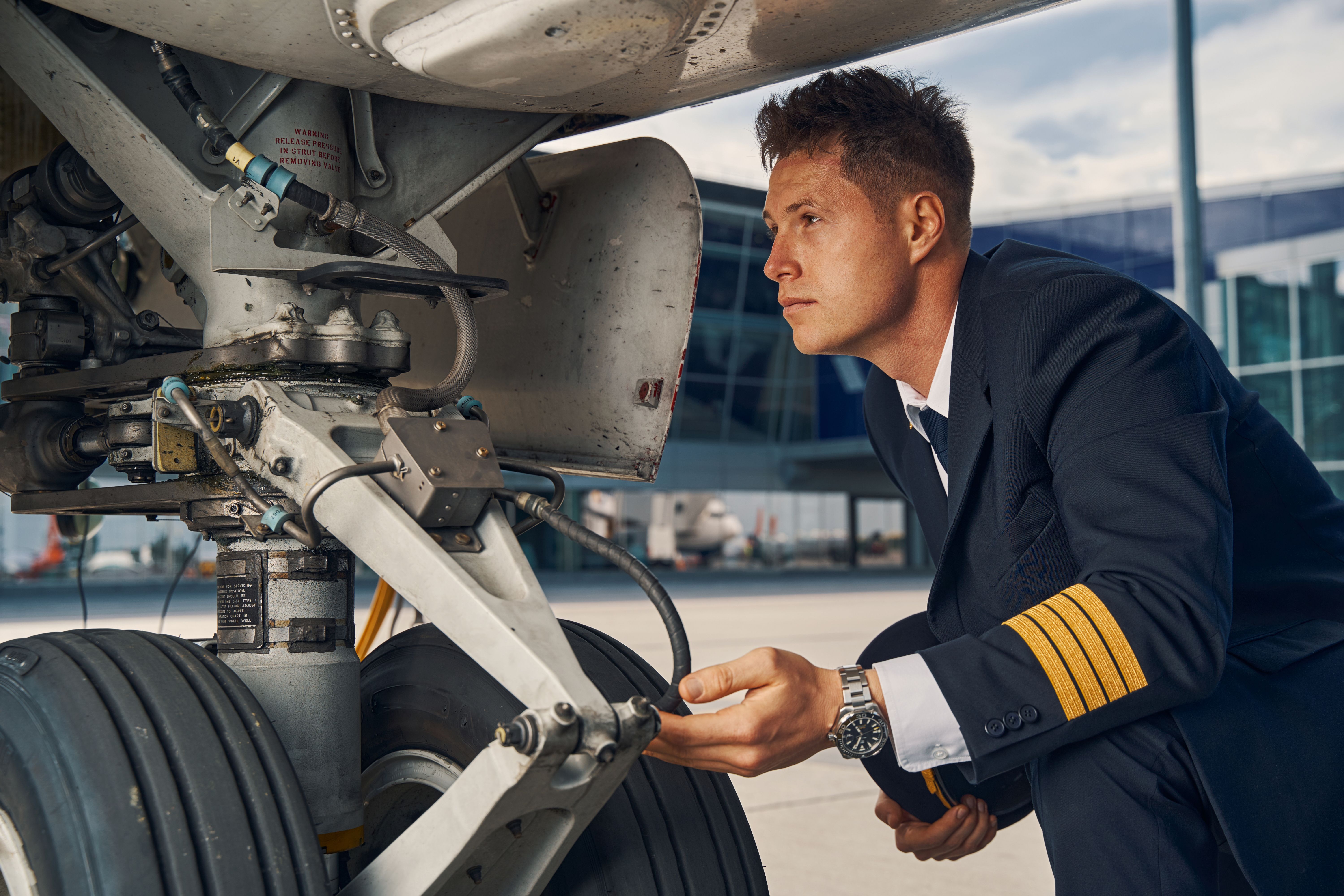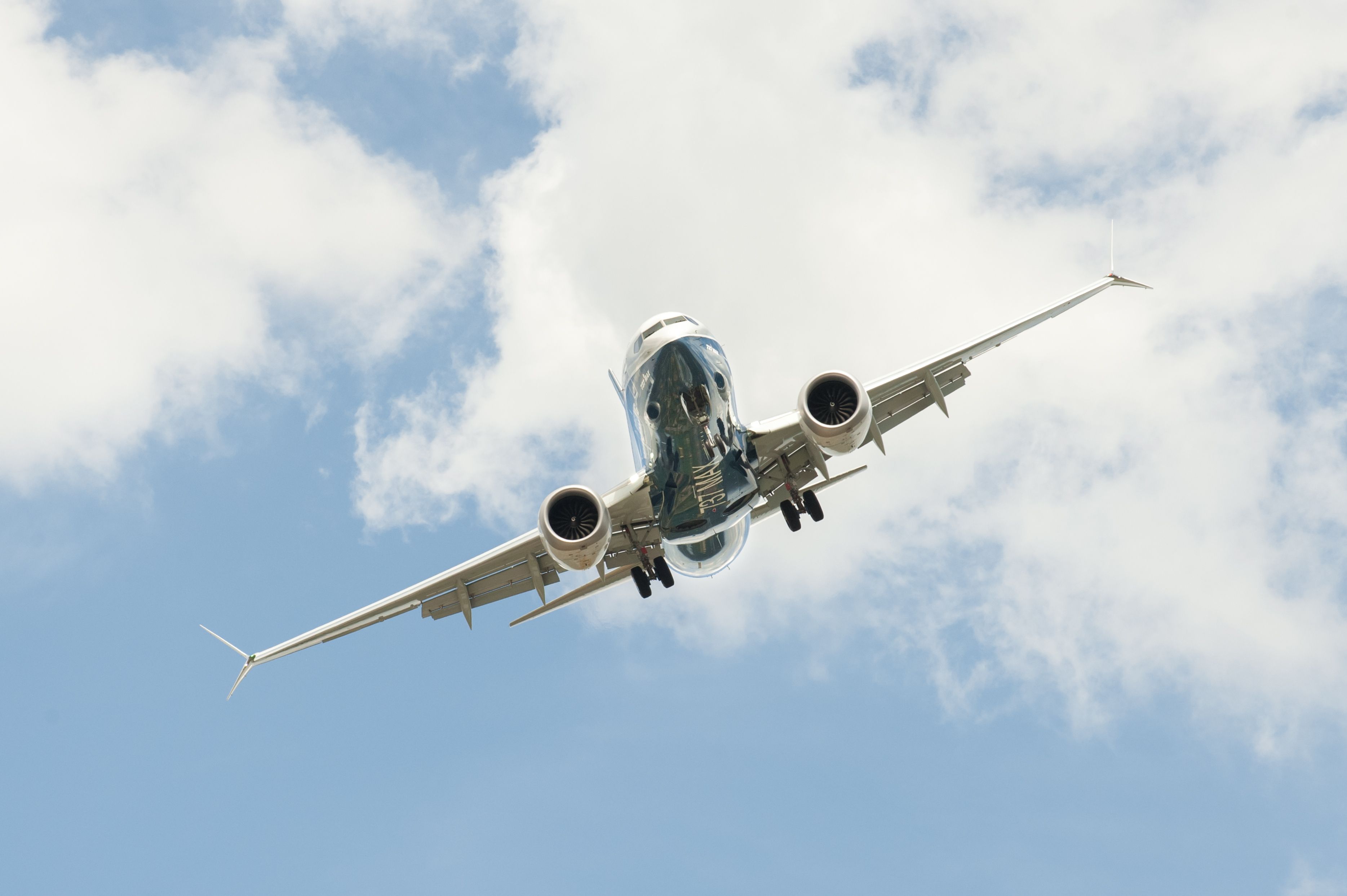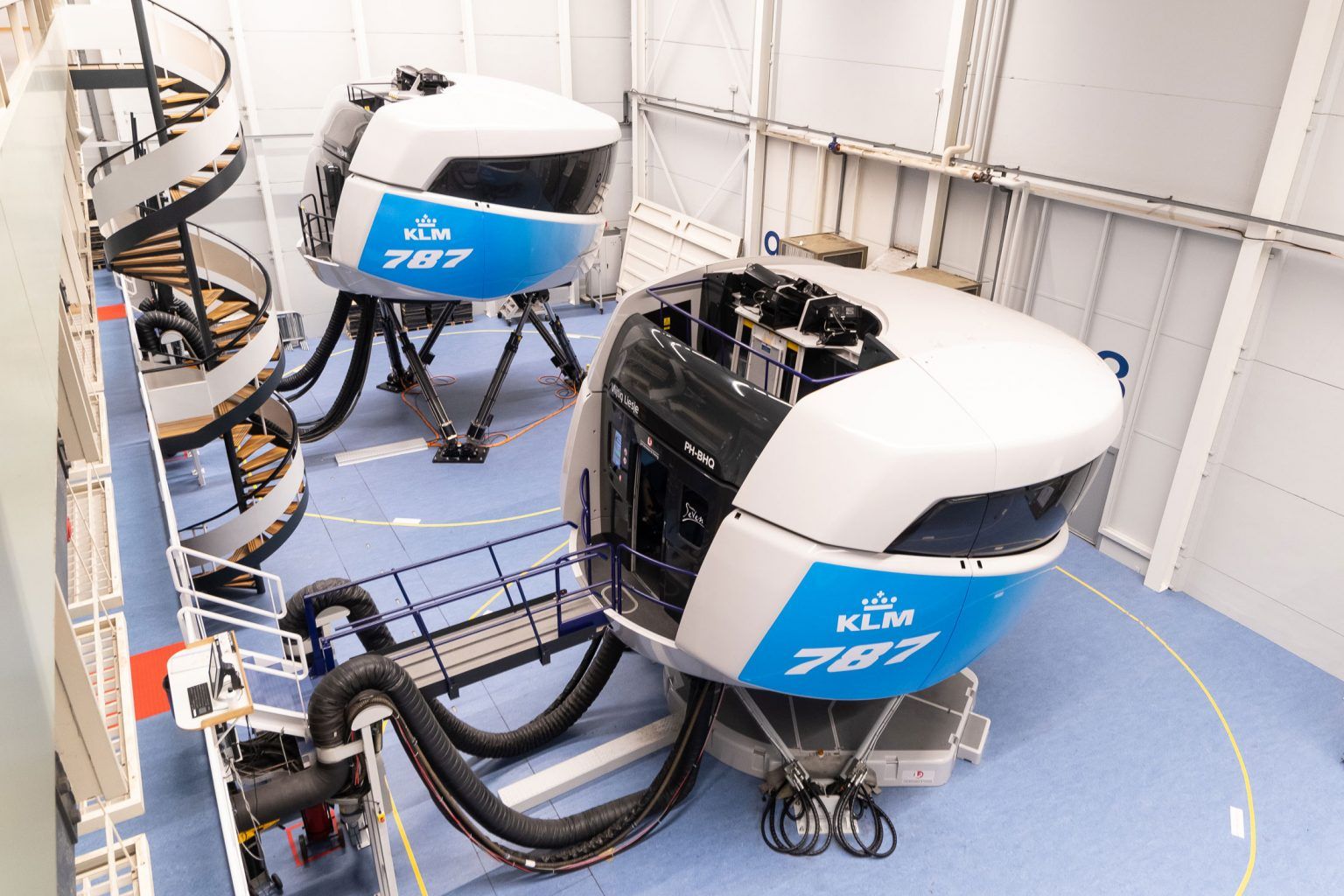In the United States, the airworthiness certificate is a Federal Aviation Administration (FAA) document that grants authorization to the operator to perform flights on an aircraft. The airworthiness certificate is issued when the aircraft meets its design requirements and is in condition for safe operations.
Various teams within the FAA are responsible for aircraft design oversight, production, testing, certification, and continued airworthiness programs for all US civil aviation aircraft and foreign-import products.
Types of airworthiness certificates
There are two types of airworthiness certifications offered by the FAA. The Standard Airworthiness Certificate and Special Airworthiness Certificate. The standard airworthiness certificate is the authorization to operate a type-certificated aircraft in various categories, including utility, acrobatic, commuter, transport, and unmanned balloons.
The FAA ensures that the aircraft meets its approved type design requirements and is in a condition for safe operation. Moreover, preventive maintenance, on-condition maintenance, and design alterations are performed in accordance with the regulations listed in 14 CFR parts 21, 23, and 91. Once obtained, the standard airworthiness certification is valid as long as the aircraft meets all its operating requirements.
The FAA form 8100-2 displayed in the aircraft shows the issued standard airworthiness certification. Most commuter and transport aircraft manufactured in the US receive the standard airworthiness certification.
The special airworthiness certificate is the authorization to operate an aircraft in the US airspace in various categories, including personal use, restricted (aerial firefighting, weather control, etc.), light sport, experimental, and special purpose flights. Such aircraft operate flights that are non-conventional and require specific missions for the aircraft.
Irrespective of the type, the design, production, testing, and maintenance manuals become part of the airworthiness certification. The FAA form 8130-7 shows the issued standard airworthiness certification.
The maintenance authorities ensure that the aircraft meets its type design requirements even after continuous maintenance due to routine wear. Moreover, preventive maintenance in accordance with the type certificate must be performed to keep the airworthiness certificate in effect. A valid airworthiness certificate must accompany the aircraft before it leaves the ground.
The Airworthiness Certification process
The FAA allows a registered owner or owner’s agent of the aircraft to apply for an airworthiness certificate. The certification application is typically prepared during the pre-launch phase of the aircraft development process. The certification process may begin after the owner has registered the aircraft and submitted an application for certification to the FAA servicing office.
The application for an airworthiness certificate can be submitted online via the Airworthiness Certification (AWC) tool or through a paper application using FAA Form 8130-6. Generally, the FAA performs the below-mentioned tasks as part of the airworthiness certification process.
Review of design and methods
The proposed design of the aircraft, its major components, and its functionalities are reviewed. The methods involved in the design of the aircraft are scrutinized at material and process levels. Reviewing the designs and methods must show that the overall aircraft complies with the FAA standards for safe flights.
The FAA may follow a direct oversight system by assisting applicants in creating a standardized organizational process for design. Alternatively, the FAA may provide Designated Engineering Representatives (DER) and Designated Airworthiness Representatives (DAR) to provide the competence for direct oversight.
Ground and flight tests
The members of the FAA conduct numerous ground and flight tests during the testing phase of the aircraft. This can be done as a test oversight along with the manufacturer (such as Boeing) during their flight tests. Alternatively, the test pilots from the FAA may independently perform specific ground and flight tests to demonstrate that the aircraft meets the FAA standards.
During ground tests, the aircraft must comply with airport rules and regulations for operating the aircraft. These regulations may differ in size, equipment, or environmental conditions on the ground. Similarly, during flight tests, the aircraft’s operability is subject to different requirements based on the aircraft’s mission. The certification authorities review aircraft operability based on the flight envelope defined for the aircraft.
Evaluation of maintenance and operations
After the completion of the aircraft, its maintenance, repair, and modifications are also subject to the airworthiness certification process. The manufacturers show the operational lifespan of major components and assemblies and the frequency of maintenance required on the aircraft.
The FAA evaluates the operational suitability of the aircraft in various environments and conditions. The required maintenance and operability of the aircraft must meet FAA standards for safe and sustainable operations before entering into service.
Collaboration with other authorities
The FAA collaborates with other civil aviation authorities on their approval of the aircraft before issuing an airworthiness certificate. While the other authorities do not repeat the work already conducted by the FAA, they provide insight into other similar-category aircraft.
Issuance of the airworthiness certificate
Only the FAA Aviation Safety Inspectors and authorized Designees can issue an airworthiness certificate. However, the federal law of the United States authorizes the FAA to delegate certain regulatory activities to qualified individuals or organizations. To exercise that, the FAA established the Organization Designation Authorization (ODA) to grant airworthiness designee authority to organizations and companies.
The use of delegation allows the FAA to outsource work to specialists while maintaining a competent certification method compared to foreign authorities. According to the FAA,
"The ODA program expands the scope of approved tasks available to organizational designees; increases the number of organizations eligible for organizational designee authorizations; and establishes a more comprehensive, systems-based approach to managing designated organizations." – Representative, FAA.
The members of ODA may be authorized to issue airworthiness certificates as long as they meet the FAA certification requirements. Before issuing a certificate, the workflow for inspection of the aircraft, review of all design and maintenance documents, and issuance of certification must meet FAA requirements.
The FAA holds the authority to revoke an existing airworthiness certificate in any category of standard or specialized certificate. The revoking of the certificate begins if an aircraft no longer meets its approved design requirements and/or is not in condition for safe operations.
What do you think about the steps involved in obtaining an airworthiness certificate for an aircraft? Tell us in the comments section.

